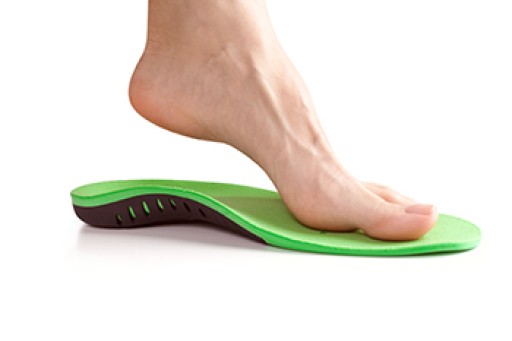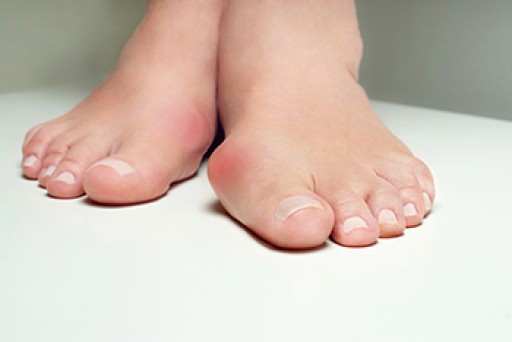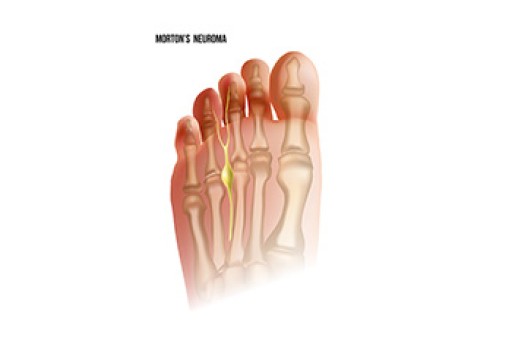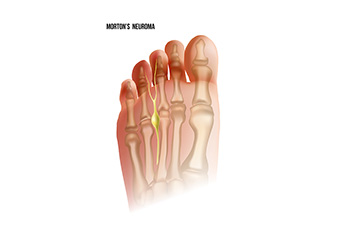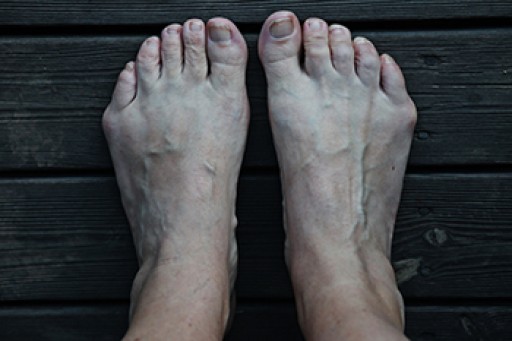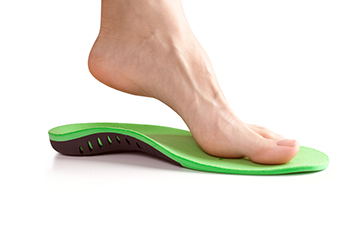
Orthotics are often prescribed to support the feet, improve alignment, and relieve pain. However, in some cases, they can cause discomfort, including pain in the medial arch, the inside part of the foot. This can happen if the orthotic is not properly fitted or if it places too much pressure on the arch. Sometimes, the foot needs time to adjust to a new orthotic, and mild soreness is normal in the beginning. However, if the pain continues or worsens, it is important to have the orthotics checked by a podiatrist. An adjustment may be needed to improve comfort and support. Wearing the wrong type of shoes with orthotics can also contribute to arch pain. If you experience continued discomfort related to wearing orthotics, it is suggested that you see a podiatrist who can assess your orthotics and make sure they are working correctly to support your feet without causing pain.
If you are having discomfort in your feet and would like to try orthotics, contact one of our podiatrists from Canonsburg Podiatry Associates. Our doctors can provide the care you need to keep you pain-free and on your feet.
What Are Orthotics?
Orthotics are inserts you can place into your shoes to help with a variety of foot problems such as flat feet or foot pain. Orthotics provide relief and comfort for minor foot and heel pain but can’t correct serious biomechanical problems in your feet.
Over-the-Counter Inserts
Orthotics come in a wide variety of over-the-counter inserts that are used to treat foot pain, heel pain, and minor problems. For example, arch supports can be inserted into your shoes to help correct overarched or flat feet, while gel insoles are often used because they provide comfort and relief from foot and heel pain by alleviating pressure.
Prescription Orthotics
If over-the-counter inserts don’t work for you or if you have a more severe foot concern, it is possible to have your podiatrist prescribe custom orthotics. These high-quality inserts are designed to treat problems such as abnormal motion, plantar fasciitis, and severe forms of heel pain. They can even be used to help patients suffering from diabetes by treating foot ulcers and painful calluses and are usually molded to your feet individually, which allows them to provide full support and comfort.
If you are experiencing minor to severe foot or heel pain, it’s recommended to speak with your podiatrist about the possibilities of using orthotics. A podiatrist can determine which type of orthotic is right for you and allow you to take the first steps towards being pain-free.
If you have any questions please contact our office located in Canonsburg and McMurray, PA . We offer the newest diagnostic and treatment technologies for all your foot and ankle needs.
